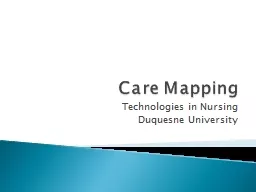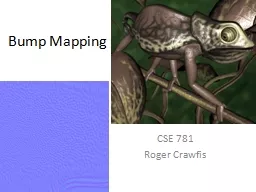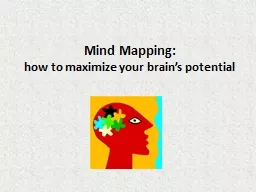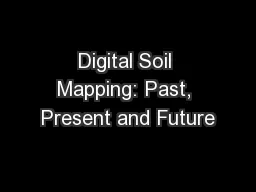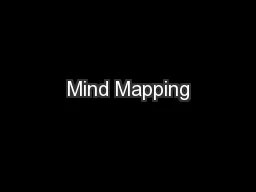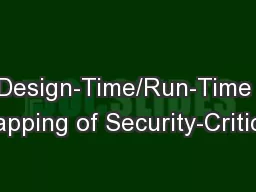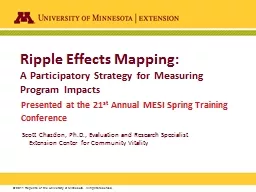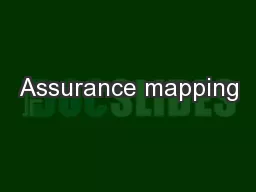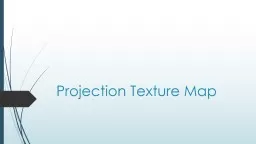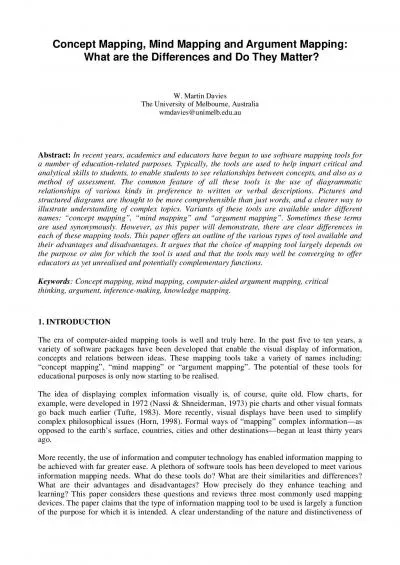PPT-Care Mapping
Author : lois-ondreau | Published Date : 2016-04-09
Technologies in Nursing Duquesne University History of Nursing Diagnosis First introduced in 1950 In 1953 Fry proposed the formulation of nursing diagnosis In 1973
Presentation Embed Code
Download Presentation
Download Presentation The PPT/PDF document "Care Mapping" is the property of its rightful owner. Permission is granted to download and print the materials on this website for personal, non-commercial use only, and to display it on your personal computer provided you do not modify the materials and that you retain all copyright notices contained in the materials. By downloading content from our website, you accept the terms of this agreement.
Care Mapping: Transcript
Download Rules Of Document
"Care Mapping"The content belongs to its owner. You may download and print it for personal use, without modification, and keep all copyright notices. By downloading, you agree to these terms.
Related Documents

